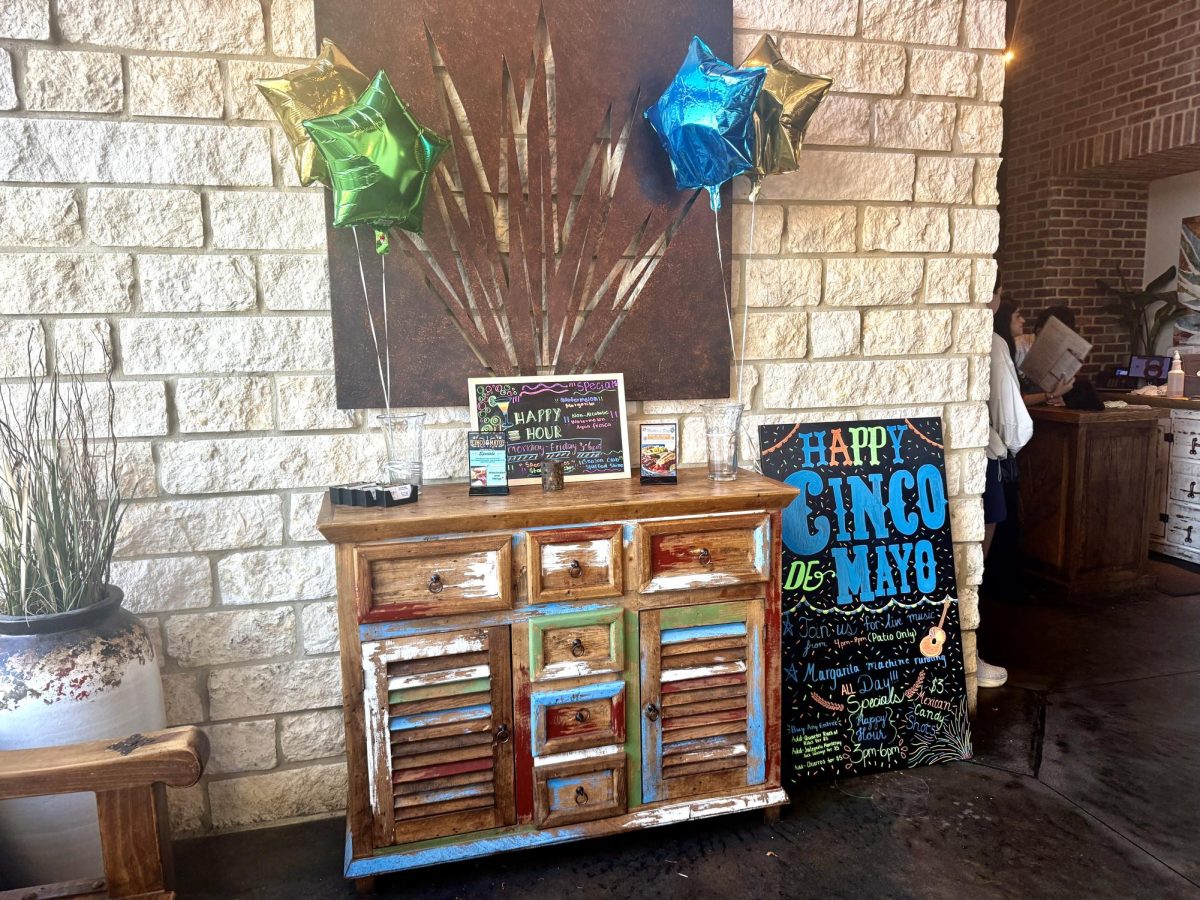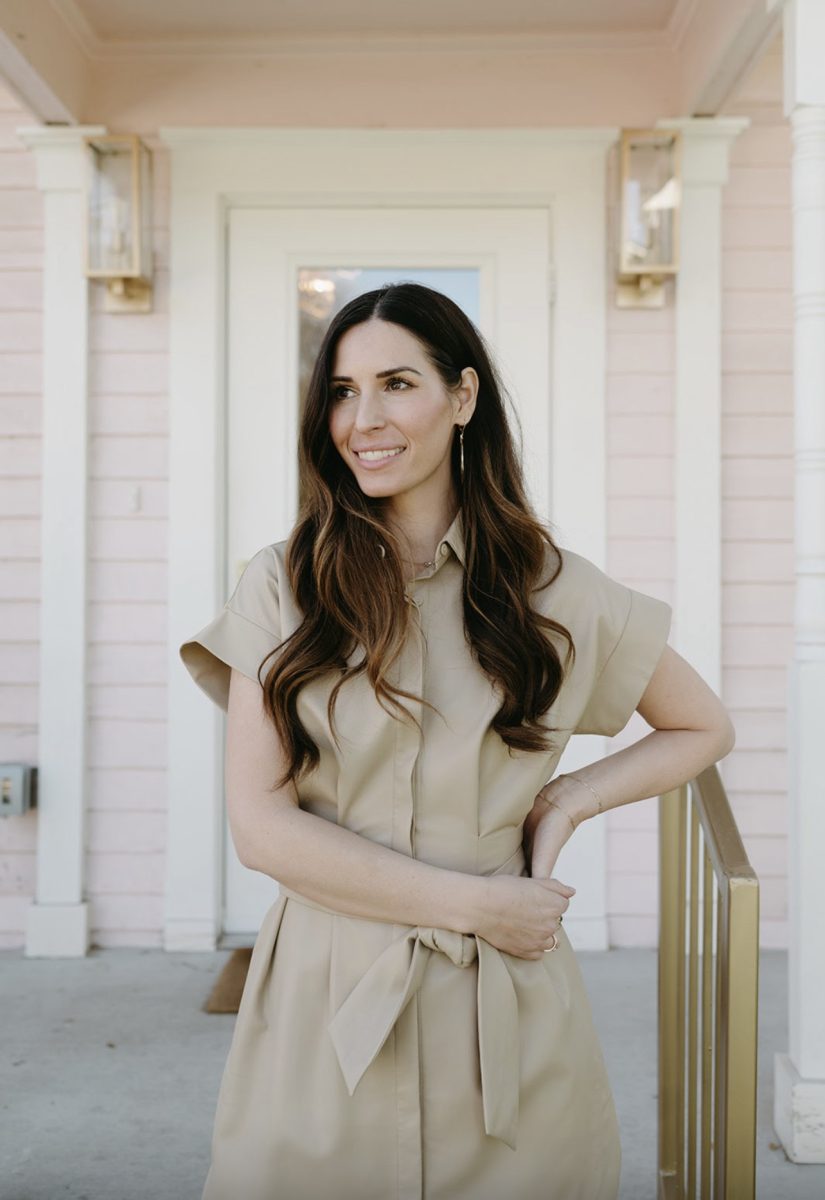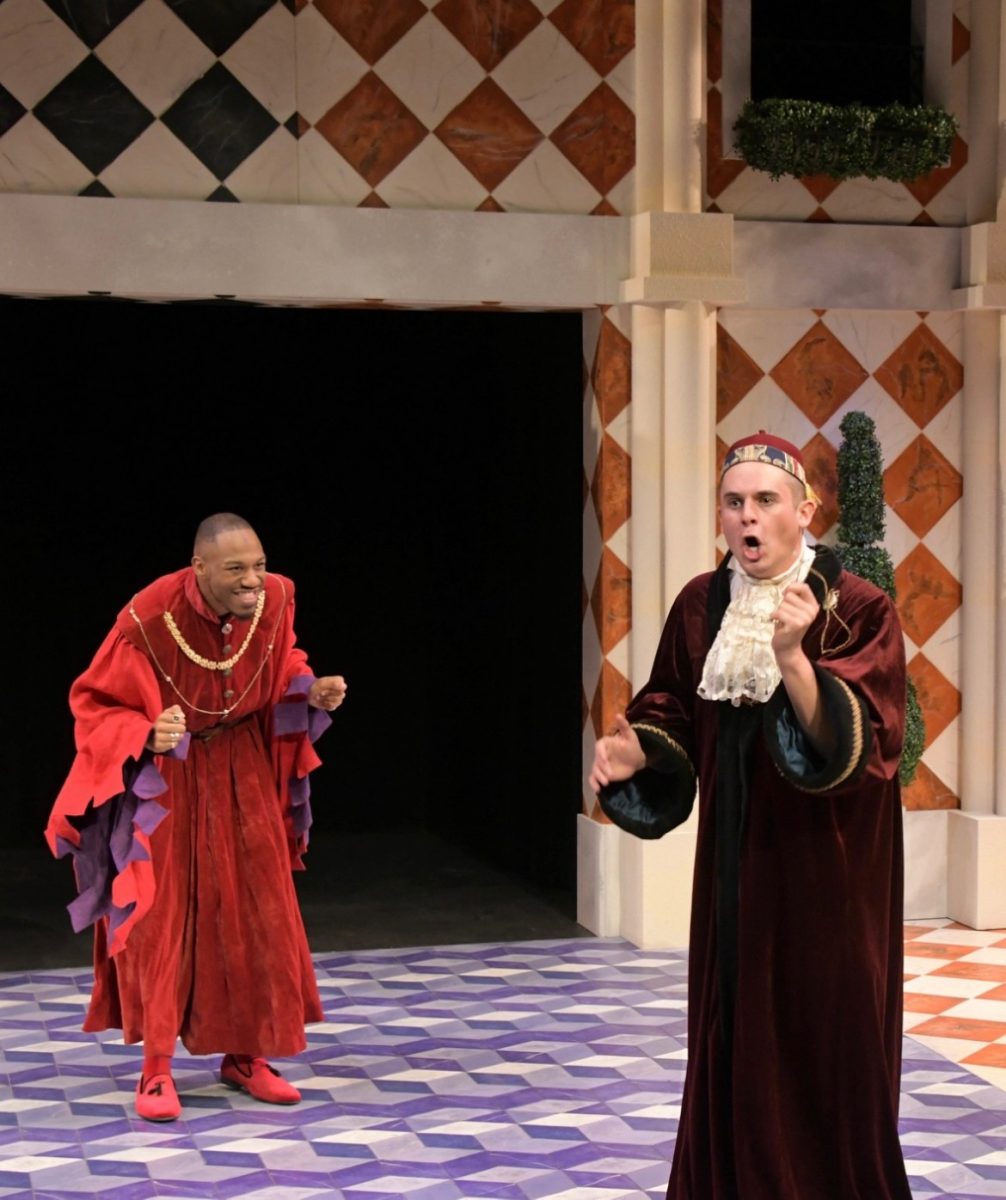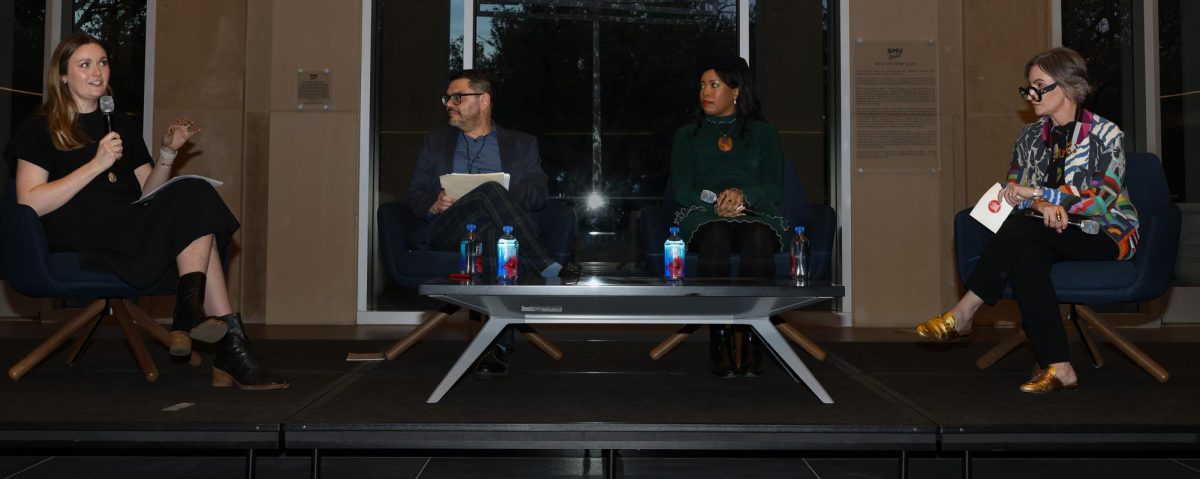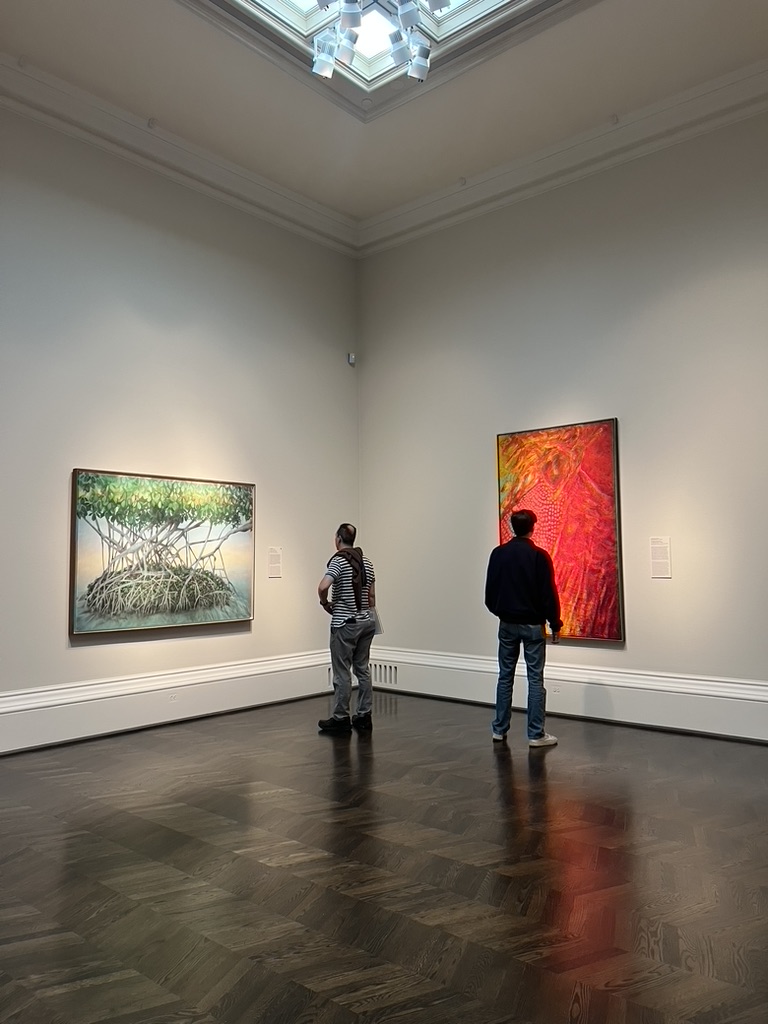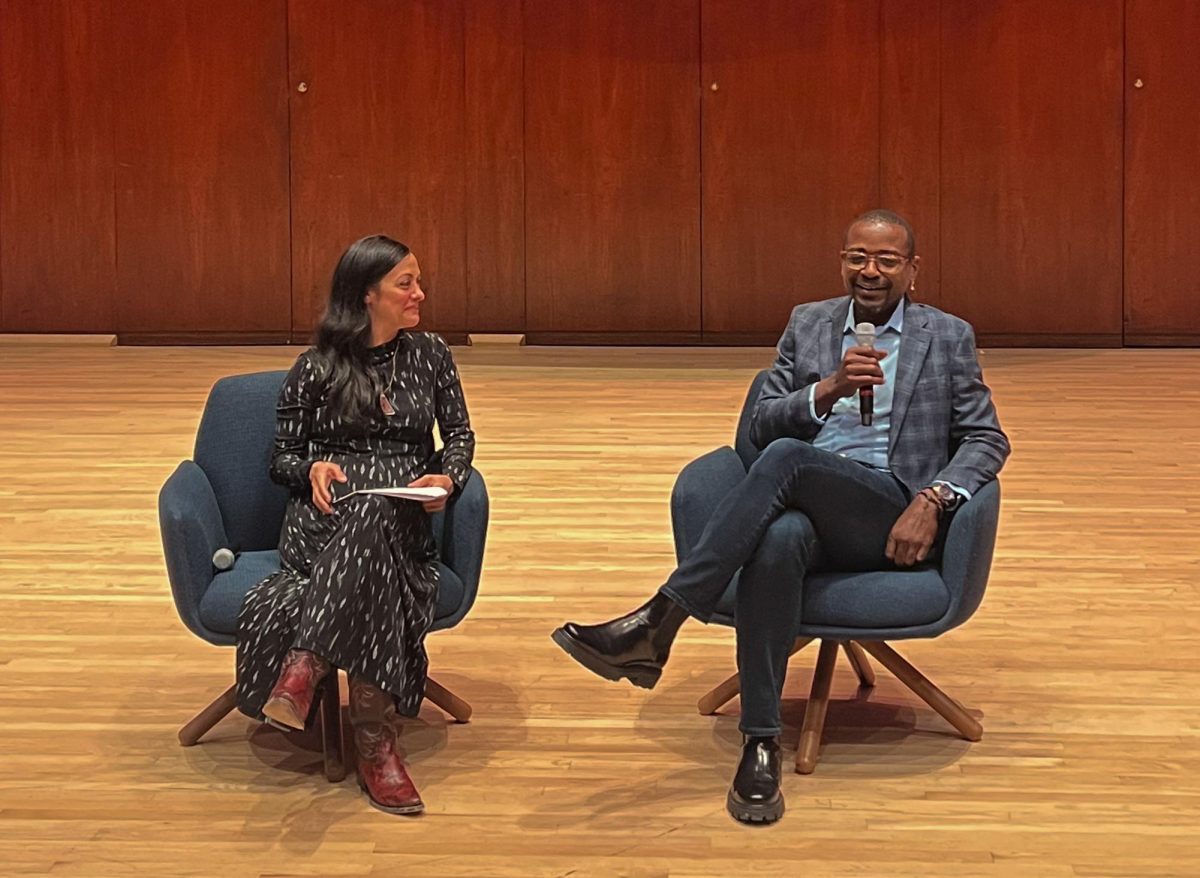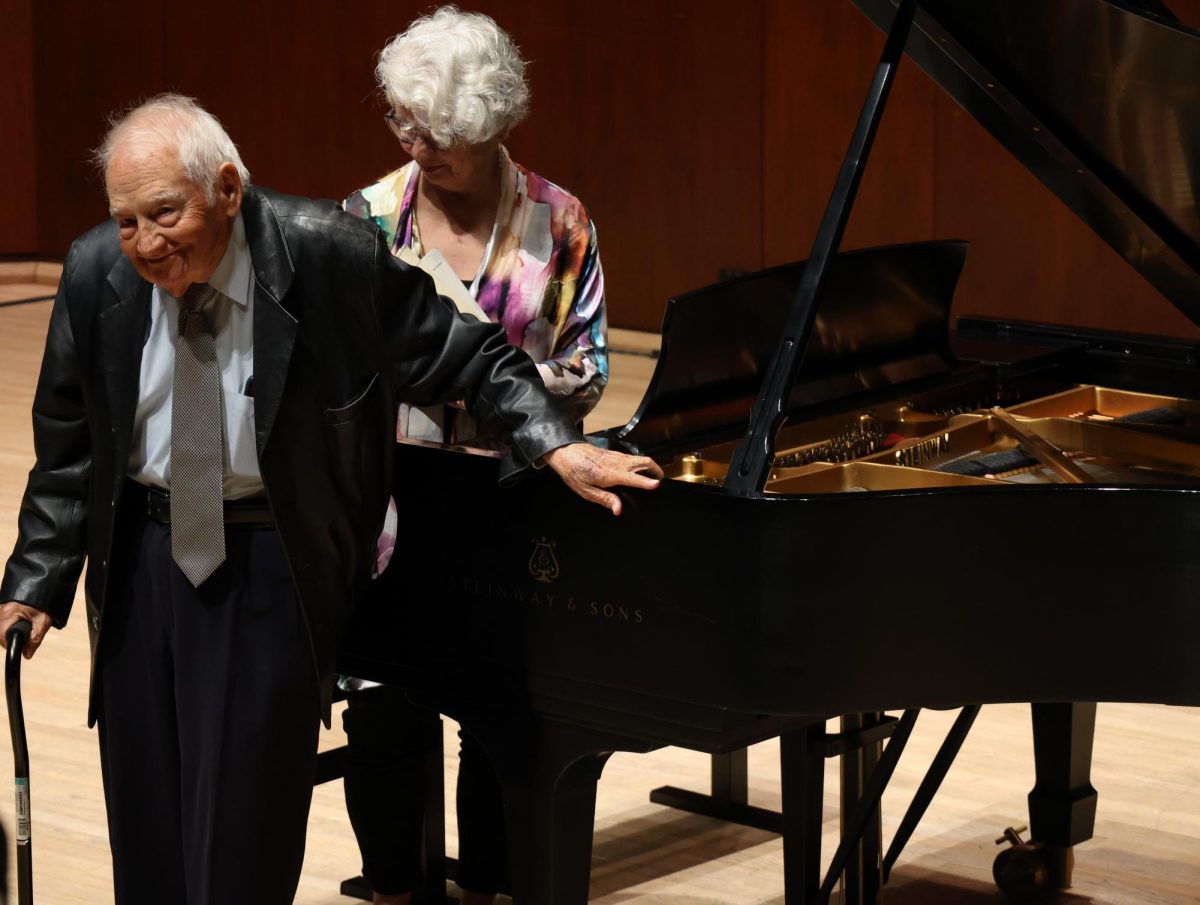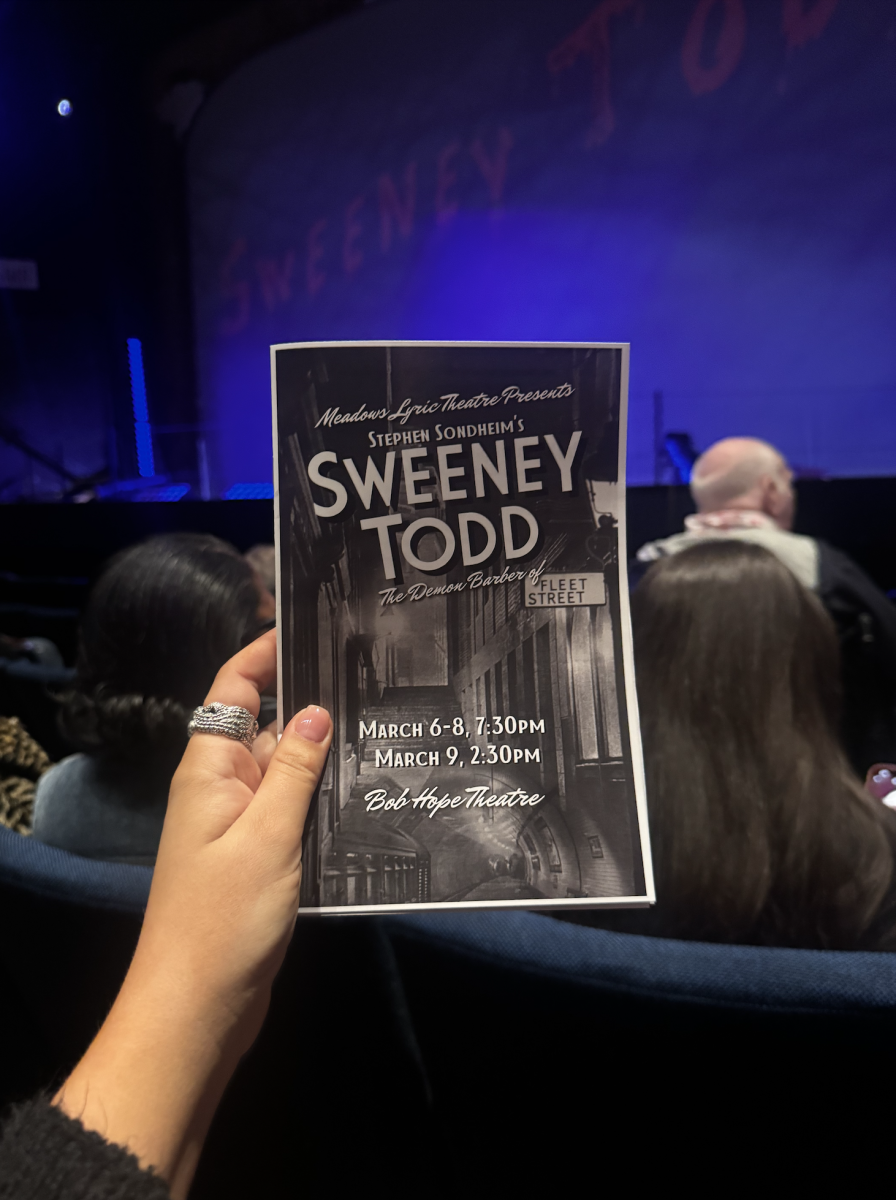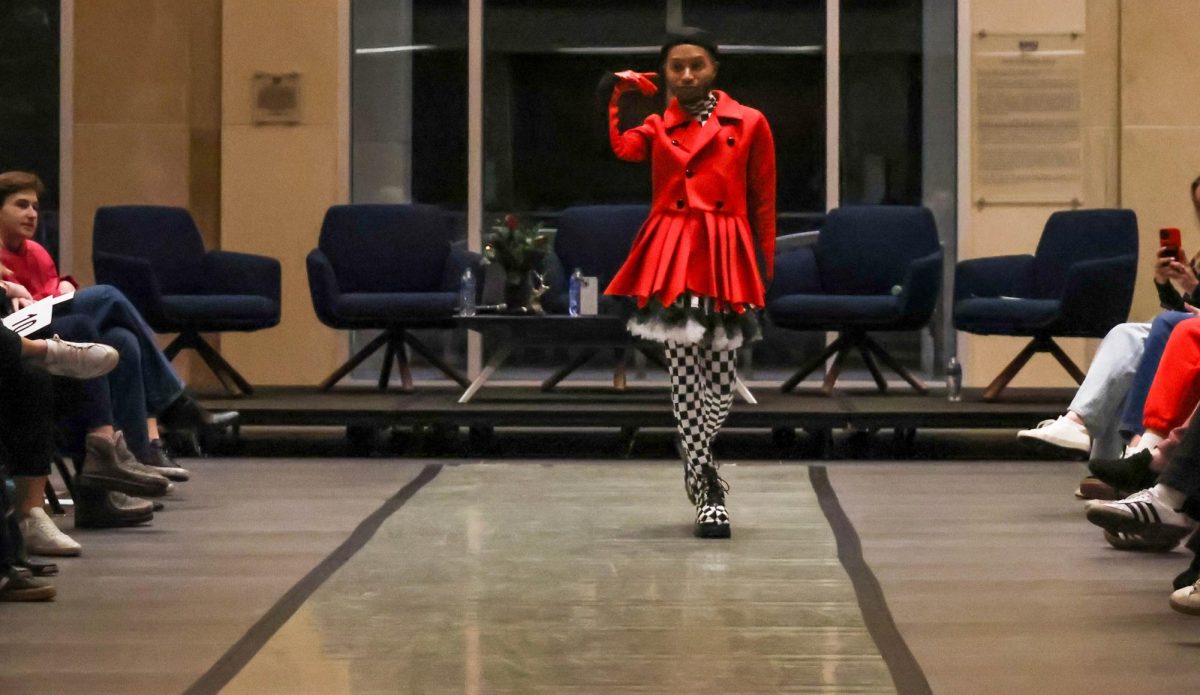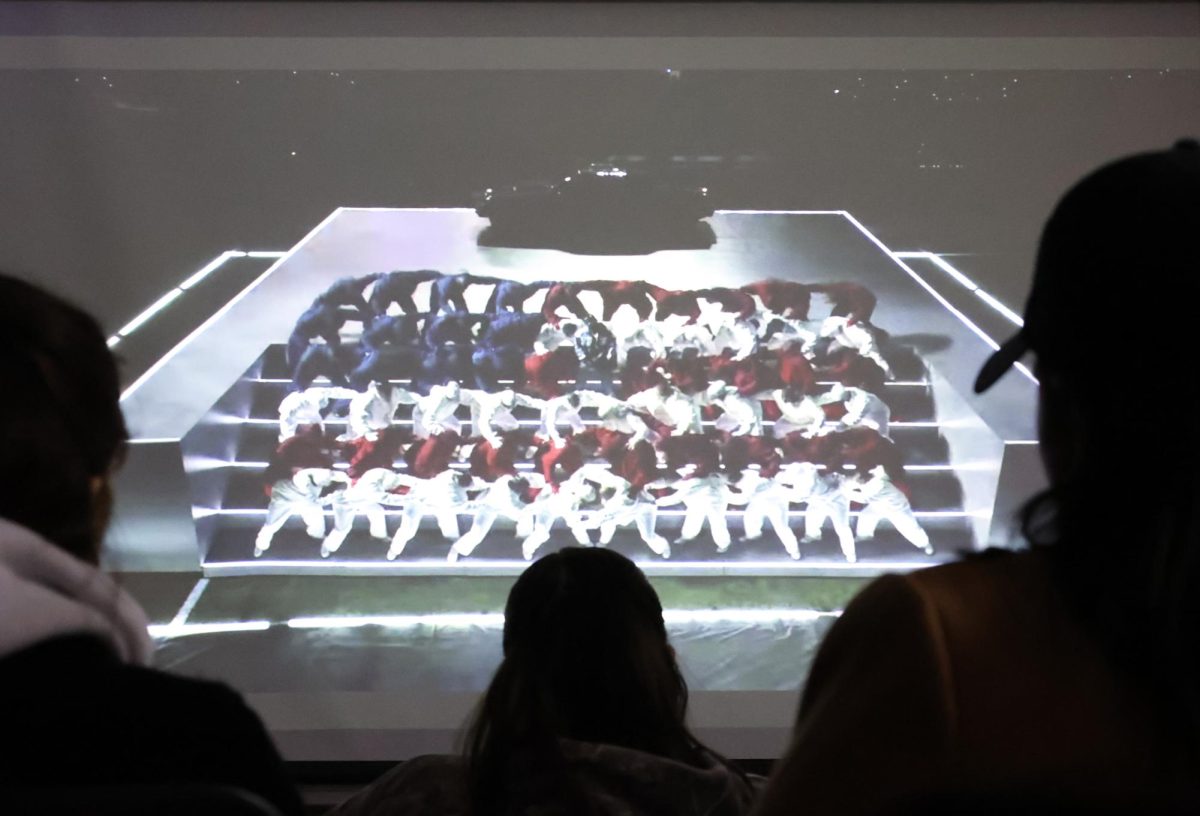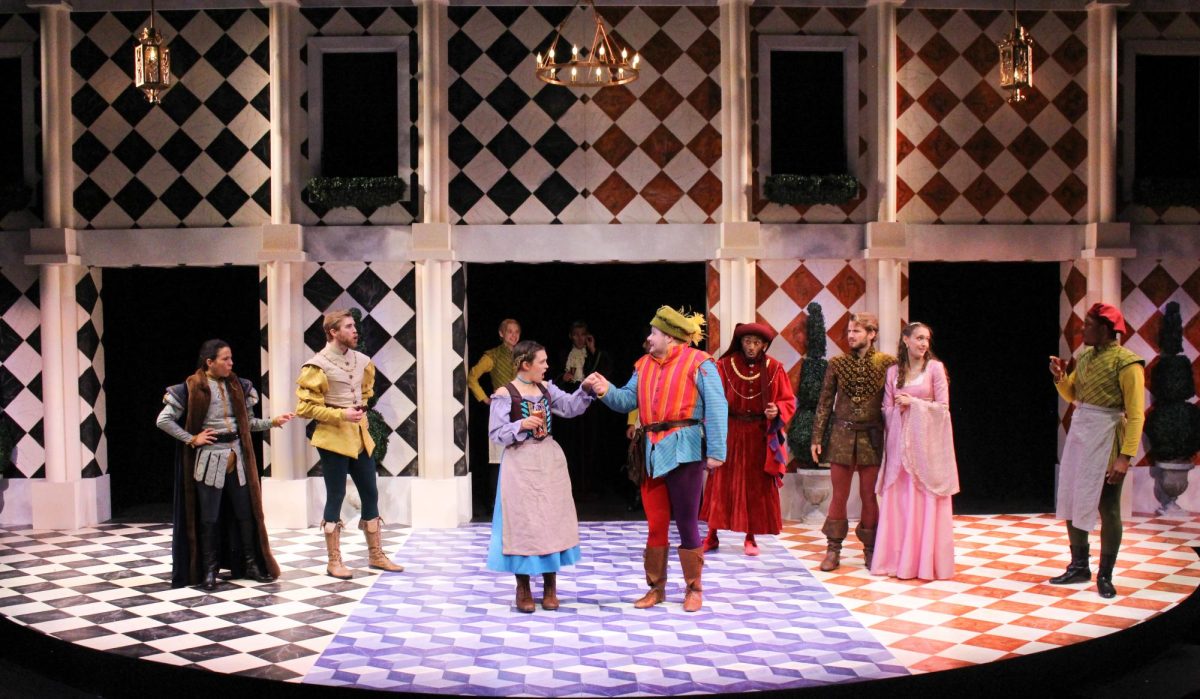The keys from Anna Iorio’s keyboard click profusely as the surface of her double-monitor setup shakes from the rapid movement of both hands clashing together. On her table lay a mouse and keyboard that would clash when Iorio finds herself rushing.
https://spotifyanchor-web.app.link/e/A0aFSGv1Hyb
Iorio, 22, precisely measures and seeks images of a VALORANT weapon to add as a finishing touch for her Chamber cosplay, a costume of a French character from a first-person shooter game.
Unlike costumes, cosplays illustrate crafts and pieces of clothing from animated media. As anime and gaming become more socially acceptable, cosplay is receiving wider recognition. Participants and creators are able to apply and get recognized for their hard work through conventions, competitions and sharing their cosplay live or recorded on social media.
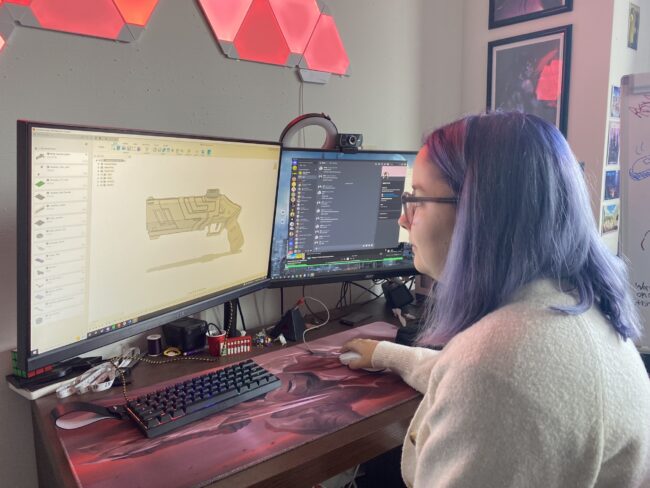
Iorio gently moves her mouse upward and begins to type a-r-t into her desktop until she locates “artstation.com.” Iorio scrolls through each image of Chamber, an agent from the video game VALORANT, and keeps a close eye on smaller lines and configurations that shape the object. She zooms into a drawing of the Headhunter, one of three programmed weapons in the game for Chamber, and she begins to rotate the gun on her screen. She holds down and sways her mouse from left to right, and swifts the spandex of her mousepad. Iorio moves closer toward the screen and progresses her cursor toward each line of the image.
“Chamber is the hardest agent to craft cosplay and that’s why I chose him,” Iorio said. “I’ve completed his shirt and pants since that’s just silk, but doing his gun which puts his cosplay together just requires a lot of focus and attention to detail.”
Iorio makes her way into an orange and black application on her desktop called Fusion 360. She scoots closer to her two monitors and imports a photo of the Headhunter once the application is launched. From there, she connects the lines that shape the gun together and traces an outline of the weapon that separates black and yellow from each other to keep open spaces for color fillings.
The inside of Iorio’s cosplay office feels like a combination of a Twitch streamer’s setup and the fabric section of Michaels. Iorio differentiates from other cosplayers as she lets her computer and machine do the dirty work while she does the creatives.
Iorio, a cosplayer for five years, embraces her interest in gaming through dressing herself up as video game characters in person. She uses her education in engineering to design 3D models of weapons in a game. She paces around her apartment full of hand-crafted art and laptops lying on the closest table-tops ready to fulfill another spontaneous project. She starts all of her projects from scratch and awaits the opportunity to make commission by sharing her cosplay through gathering at conventions. Iorio faces the challenges of feeling judged when cosplaying is all about embracing a character that isn’t supposed to be who the individual actually is.
Iorio began her journey in high school once she understood the purpose of what it meant to accept an idea others may think is weird. She wanted to show that she could bring virtual interests into the real world. Iorio separates herself from the herd by curating her creations through the arts of design and technology of computers.
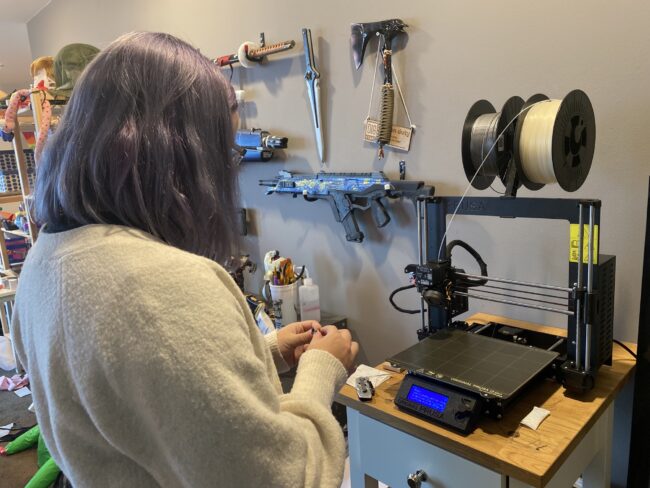
Preparing a costume established through gaming-inspired characters isn’t Iorio’s only task as a cosplayer. She stays up until 5 a.m. to configure pieces of fabric together. Her 3D printer stays on and is heated up throughout the night, pulling pieces of zip-tied like plastic material through a weaved in hole. The plastic melts onto the bed of the printer in the shape of the configuration she had programmed. Iorio exports the completed Headhunter model into her SD card and inserts it into the bottom layer of her 3D printer.
Not too loud, yet not too quiet, the printer ricocheted an echoing noise of sharp yet short acupuncturing clicks that tapped the pierced surface of Iorio’s gridded 3D printer. The printer stays on for 72 hours while Iorio sleeps on her bare white bed cornered and separated from her workstation in her office.
“I sleep pretty close to the printer, but it’s bearable because it doesn’t make that much noise,” Iorio said.
Designing, programming and creating cosplays became a love for Iorio when she learned to embrace her skills in engineering from Southern Methodist University and decided to share her creative work with others online. It wasn’t until Iorio was brave enough to forget about people’s opinions, became president of the SMU Esports club, and step outside her comfort zone to showcase her interest, talents and cosplay to the rest of the world. She knew that being a leader meant she had to stand up as a role model for those who needed someone to look up to.
“There’s not many people that make video game cosplays,” Iorio said. “I wanted to cosplay because I wanted to feel closer to the game. Plus the characters looked cool.”
Iorio remembered how anxious she was in 2017 to wear her cosplay out in public. Students would come up to Iorio, laugh at her and call her weird during her high school years for playing video games and watching anime as a girl in a male-populated industry. Now, people on Instagram and Twitter reach out to her for a cosplay commission as it becomes more acceptable in entertainment.
“At the time, it was irregular to dress up as a character from the media since playing games and watching anime was seen as nerdy,” Iorio said.
Iorio continues to commission her cosplays to people she knows holds a name in the industry and will not back out. She keeps herself open to those she knows she can trust.
“Commission without communication is bad work,” she said. “I’ve been flaked by purchasers after five months of creating their cosplay.”
Her eyes widened when Hunter “BabyJ” Schline, professional VALORANT player, contacted Iorio back in response to a tweet.
“What talented individual wants to make me a Cypher Cosplay,” BabyJ wrote in a tweet.
Iorio knew that this was her opportunity to be recognized for her work and inspire others through cosplay by crafting tangible items from an online application.
She clasped her hands together in a circular motion to mold a hat then glued together and molded pieces of cardstock paper. In the span of four days, Iorio took her completed hat outline to her balcony, pressed down on a tin-can bottle that released spray-on glue, let it dry, then rubbed the hat with sandpaper until the hat was smooth. As a final touch, she adds LED lights to BabyJ’s hat he wore in a Twitch stream.
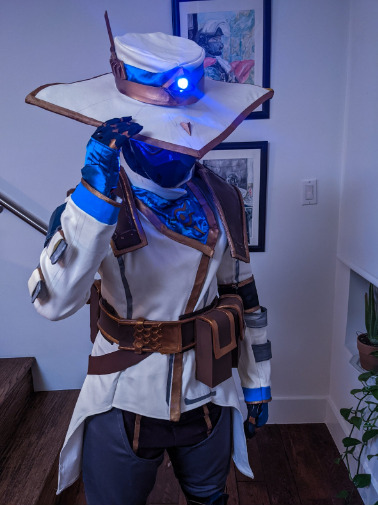
For what may look like a manufactured product bought from a local store during Halloween, Cosplayers who design cosplay online or by hand, all have one thing in common – finding an importance of what it means to cosplay.
Rhys Heise, 18, an English and creative writing major at Southern Methodist University, scrolls through Twitter and finds inspiration from Iorio. They wear their hand-crafted and thrifted Killjoy cosplay to a gaming convention that they had created from Iorio’s influence. There, they notice how other cosplayers take a spin on their own cosplays to resemble themselves in any form. It’s a struggle to perfect the cosplay as accurately and precise as possible, Heise said.
“It’s like an art,” they said. “You get to do something that makes you feel great and you can become a different person and not be perceived as yourself, which is super freeing.”





